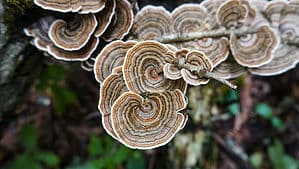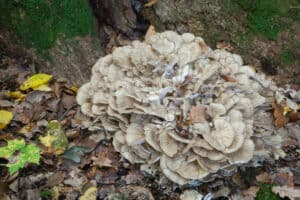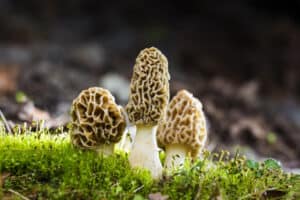Whether you’ve had to pry one out of your dog’s mouth while on a walk or exclaim with glee when you witness a “fairy circle”, the chances are that you have seen some mushrooms throughout your life.
These fungi make a great pizza topping and serve an important role in the environment. The mushrooms most people are used to seeing are rather small, though. Today, we’re going to hunt down the largest mushroom ever grown.
Let us show you where it was grown, how large it got, and what type it was!
Are Mushrooms Considered Plants?
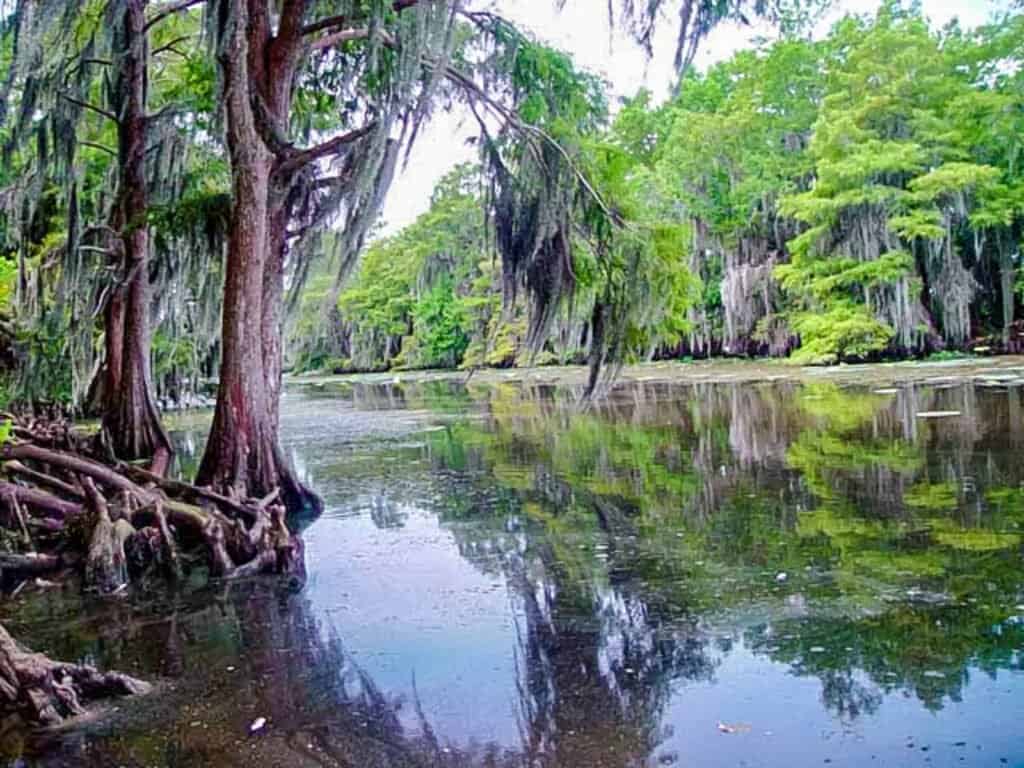
Plants and fungi are very distinct from one another.
©iStock.com/undefined undefined
Mushrooms are not plants, they are fungi. These two organisms have several differences that separate them, despite a mushroom’s cap and stalk looking distinctly plant-like. Let’s take a look at how mushrooms and plants are different from one another.
First, plants can create their own food by photosynthesis, but mushrooms cannot. Instead, mushrooms digest matter in the soil with enzymes to thrive. Mushrooms are decomposers that will feast on a variety of things. Among them are dead plants, dead animals, and rotting fruit.
Other differences are less pronounced. Plants make food in the food chain and fungi break stuff down. They have different compounds in their cell walls, and they store their food differently.
For all these reasons and more, mushrooms are not considered plants even though they may share some qualities.
How Large Is an Average Mushroom?
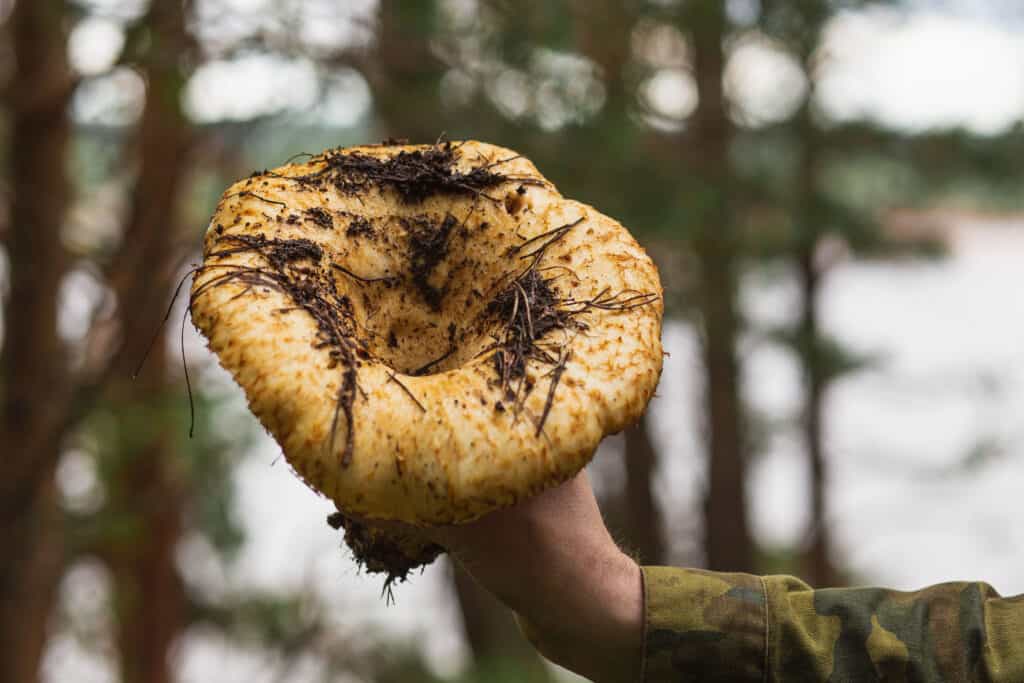
It’s hard to say how large an average mushroom grows as the majority of their mass in beneath soil.
©Sergey Zaykov/Shutterstock.com
Mushrooms are not like other living things that are easy to look at and gauge their size. After all, we’re asking what is the largest mushroom ever grown? We’re not asking what is the largest mushroom cap? The point that we must make here is that mushrooms are different than most living things because the bulk of their mass and interconnectivity lies below the soil.
When you imagine a plant’s total size, you may consider the flower, stem, and then the roots. The “roots” of a mushroom are called the mycelium. The mycelium grows as a collection of thread-like portions called hyphae. This is the true mass of the mushroom. The stem and cap that we see above ground is a short-lived, fast-growing portion of the fungi. It’s not the entire thing.
This is almost a contradiction to what we know about plants. But we have to remember that mushrooms and plants are different.
So, how large is the average mushroom? There is no way to answer the question because of the variations in place. We can tell you that a mushroom develops from a primordium, a structure that is less than two millimeters in diameter.
From there, the mycelium can rapidly grow or face limited growth depending on the available nourishment in the substrate. Mushroom masses can reach incredible sizes as you will soon see. However, they can also stay relatively small and rarely, if ever, produce a toadstool.
What Was the Largest Mushroom Ever Grown?
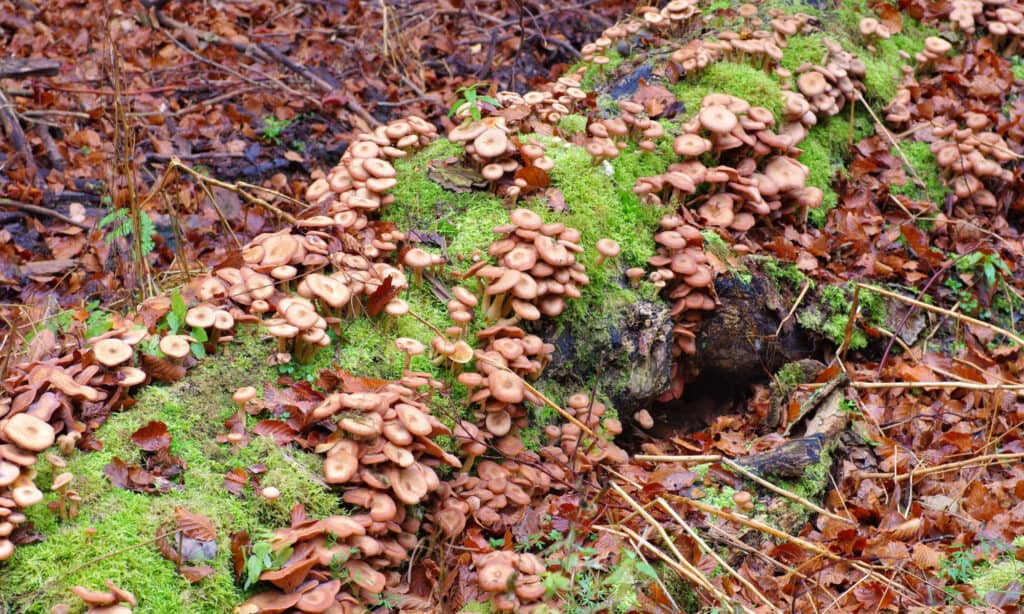
The Humongous Fungus is located in Oregon.
©LianeM/Shutterstock.com
The largest mushroom ever grown is sometimes referred to as the Humongous Fungus, and it measures 3.7 square miles in area. That’s right, a single organism has reached a size larger than some small towns, essentially taking over a large portion of land in the Malheur National Forest in Oregon.
This mushroom belongs to the Armillaria ostoyae species. The genus is often referred to as honey fungi, and many of them have made the list of the largest fungi in the world. This particular fungus is a wood-decay fungus, so it breaks down wood in the forest.
The Armillaria ostoyae species is known for spreading via rhizomorphs, growing at a pace of about one meter per year. These rhizomorphs are parallel hyphae, a rootlike filament that grows near the surface of the substrate. They look and act like roots to an extent.
Not all members of this genus and species can grow this large. Scientists had to examine the mushroom’s genes to figure out what allowed it to grow its unique, expensive rhizomorphs. What they ground was that the plant can grow into living wood, kill the host tree, and then continue to feed on the dead wood.
This particular fungus in Oregon may be between 2,000 and 8,650 years old and sits on thousands of acres. Furthermore, the total mass of this living organism probably weighs hundreds of tons! The same DNA testing used to discover the unique qualities of this mushroom confirm that this is all one gigantic fungus!
What is the Largest Living Organism?
Given the size of the Humongous Fungus, you may be inclined to think that it’s the largest living organism. However, that’s not correct according to a very recent record set near the time of this article’s completion.
The Shark Bay Posidonia australis seagrass is also colloquially known as Poseidon’s ribbon weed, and it measures about 77 square miles in size. That makes this far larger than the aforementioned fungus as well as the largest living organism in the world.
According to the University of Western Australia and Flinders University, this massive plant has been colonizing the sea floor for millennia. Since this growth was allowed to occur basically unhindered in Shark Bay for so long, a single plant spread via rhizomes to cover a massive area.
Now you know all about the largest mushroom ever grown and the biggest organism ever. It’s important to take this information and further the conversation about the largest organisms. We should collectively rethink what we know about large animals and plants. It’s easy to look at a blue whale and see that it is a single creature. Yet, plants and fungi are very different.
Mushrooms have unique parts, like rhizomorphs, that allow them to spread far underground, away from prying eyes. If we’re going to look for the largest multicellular life, then we have to expand our minds. We must consider the possibility that what we’re looking for is below the surface and not out where everyone can see it.
The photo featured at the top of this post is © Allen Bradford/Shutterstock.com
The information presented on or through the Website is made available solely for general informational purposes. We do not warrant the accuracy, completeness, or usefulness of this information. Any reliance you place on such information is strictly at your own risk. We disclaim all liability and responsibility arising from any reliance placed on such materials by you or any other visitor to the Website, or by anyone who may be informed of any of its contents. None of the statements or claims on the Website should be taken as medical advice, health advice, or as confirmation that a plant, fungus, or other item is safe for consumption or will provide any health benefits. Anyone considering the health benefits of particular plant, fungus, or other item should first consult with a doctor or other medical professional. The statements made within this Website have not been evaluated by the Food and Drug Administration. These statements are not intended to diagnose, treat, cure or prevent any disease.
Thank you for reading! Have some feedback for us? Contact the AZ Animals editorial team.




